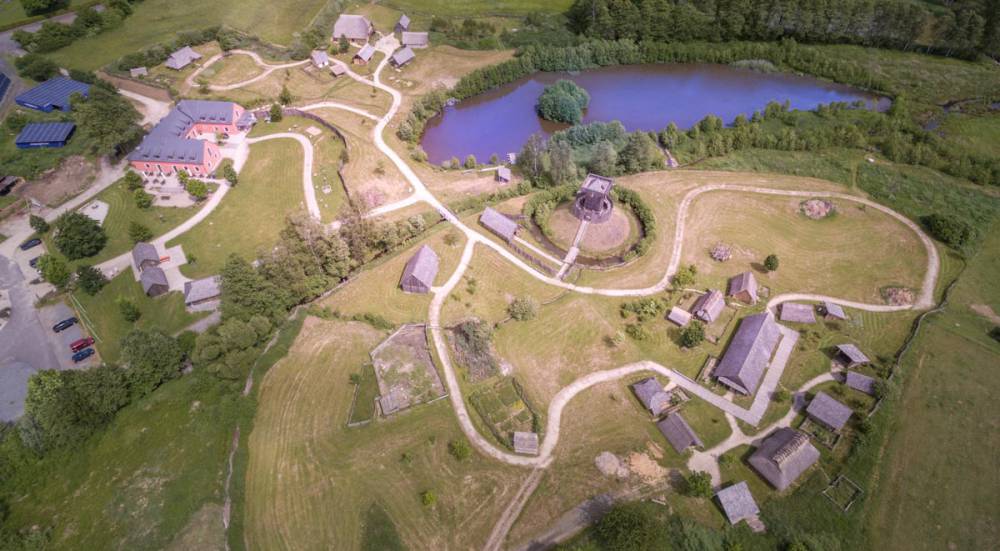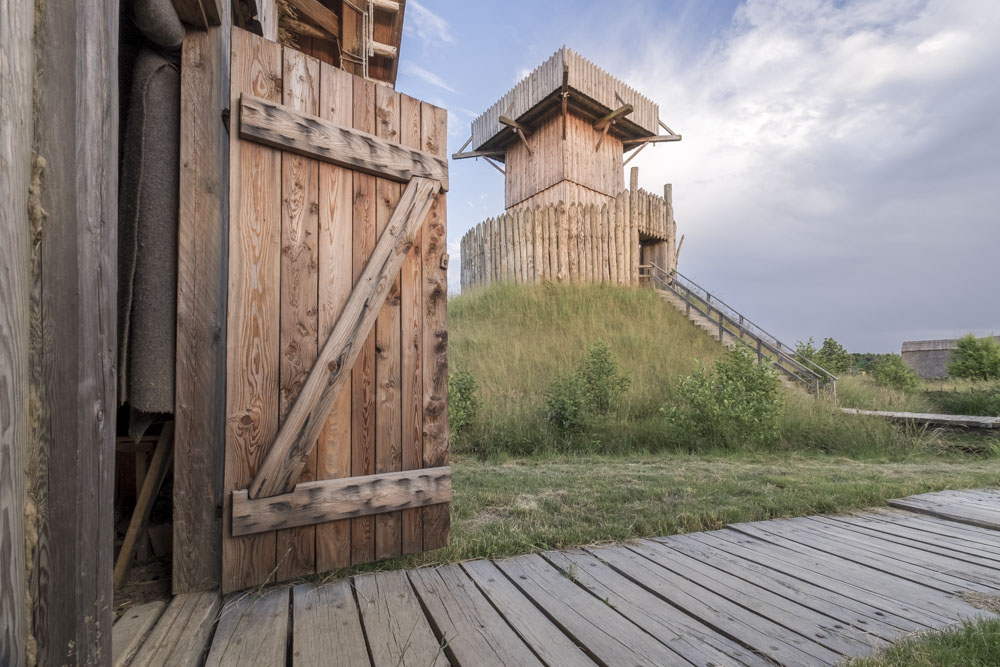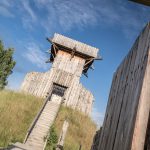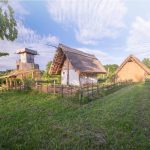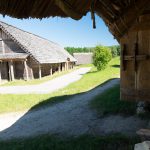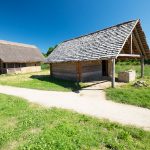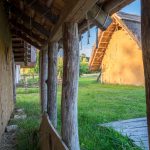Time travel through five centuries
Virtual tour through the Bärnau-Tachov Historical Park
Visit our open air museum virtually in advance.
Click on a marker – the corresponding interactive panorama view opens automatically in a new window.
A living reflection of history
The visitor to the Bärnau History Park does not walk through a museum, but rather through a living image of history.
He sees a Slavic village around the year 1000 AD – house shapes, as they have been handed down for centuries, form a harmonious hamlet, integrated into the undulating landscape of the small river valley near the pond. Livestock and agriculture, the basis of life, are generated locally, and their gods are worshiped in nature.
But history continues and on the outskirts of the village two witnesses of this development immediately catch the visitor’s eye. The Frankish conquest spread to the east. Charlemagne had enlarged the empire and the Ottonians fortified and organized the new areas and built castles and churches in the 11th century.
Here in the region, on the border between the areas of power, an administrative center is being created. On an artificial hill with a moat, the wooden defense tower dominates the landscape. With the new masters came a new faith and so a wooden church was built under the protection of the tower hill castle, approximated to the people in the village, but not yet completely part of their inherited culture.
Mögen Burg und Kirche noch so altmodisch wirkenAt that time they were signs of progress and so the visitor walks past them, on to an early urban settlement of the thirteenth century. You can see no “Slavic” or “Early German” in the houses. Instead, the signs of new technology: sawn boards and beams, a forge with a large bellows, three-field economy with “modern” plows and real half-timbering on the building of the “new” tavern.
The landlord can build something new because he benefits from the Golden Road. This stretches from Nuremberg to Prague – here in Bärnau is almost exactly its center and also the last stop before the border.
The structures
Houses that are to be understood as 1: 1 models are being built on the outdoor area of the history park.
These are museum reconstructions with original materials.
Durch die Verwendung der authentischen Baustoffe und Techniken werden die Bauwerke stabil, witterungsbeständig und begeh- bzw. benutzbar.
Durch Handwerksvorführungen und „Mitmach“-Kurse, den Einsatz von authentischer Kleidung, handwerklichen Alltagsgegenständen und das Nachstellen bzw. Nachleben mittelalterlicher Lebenssituationen entsteht so der erlebbare Eindruck eines mittelalterlichen Dorfes und der alltäglichen Lebenswelt unserer Vorfahren in dieser Region.
